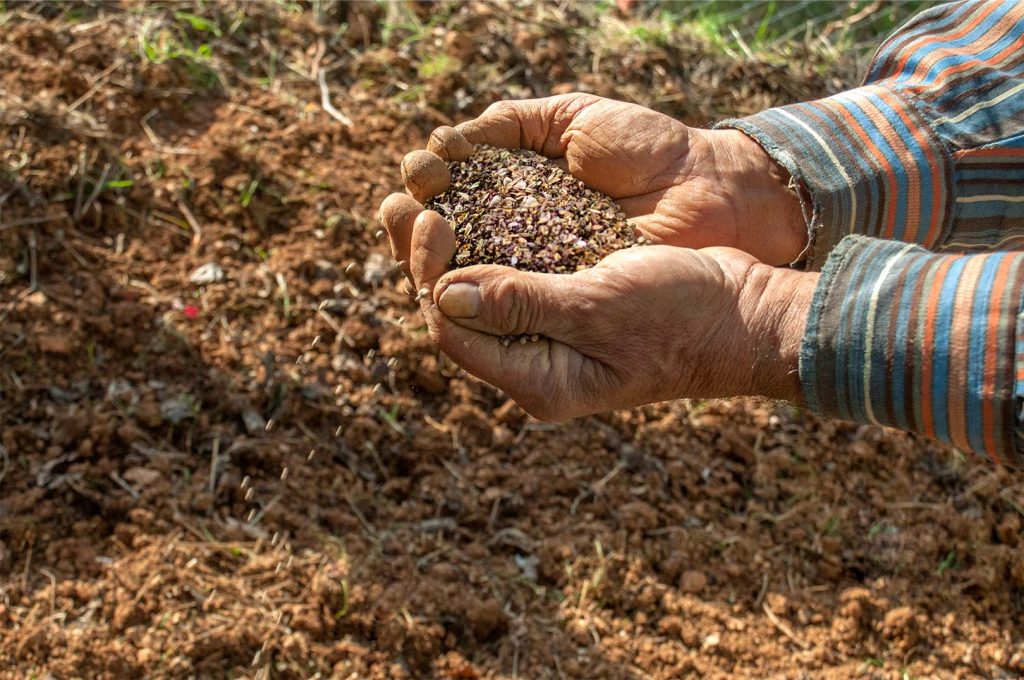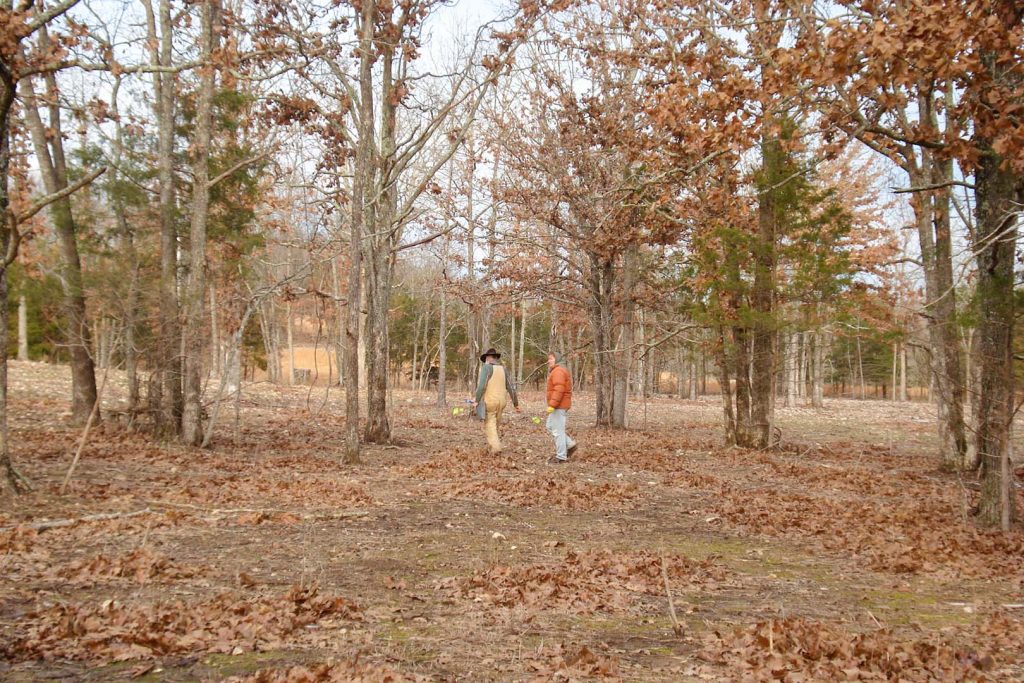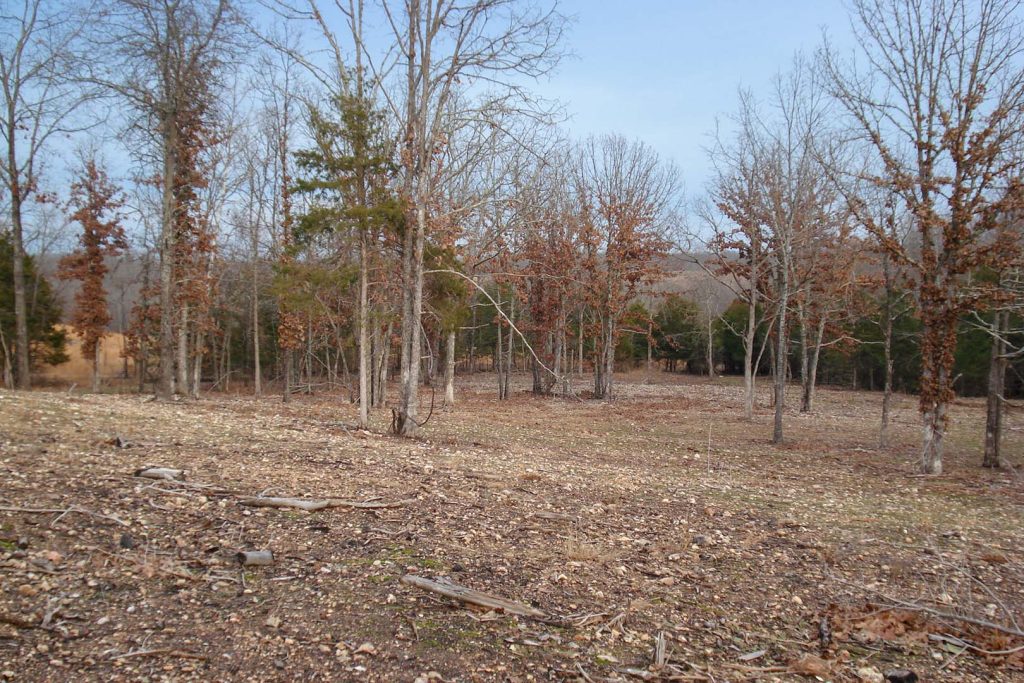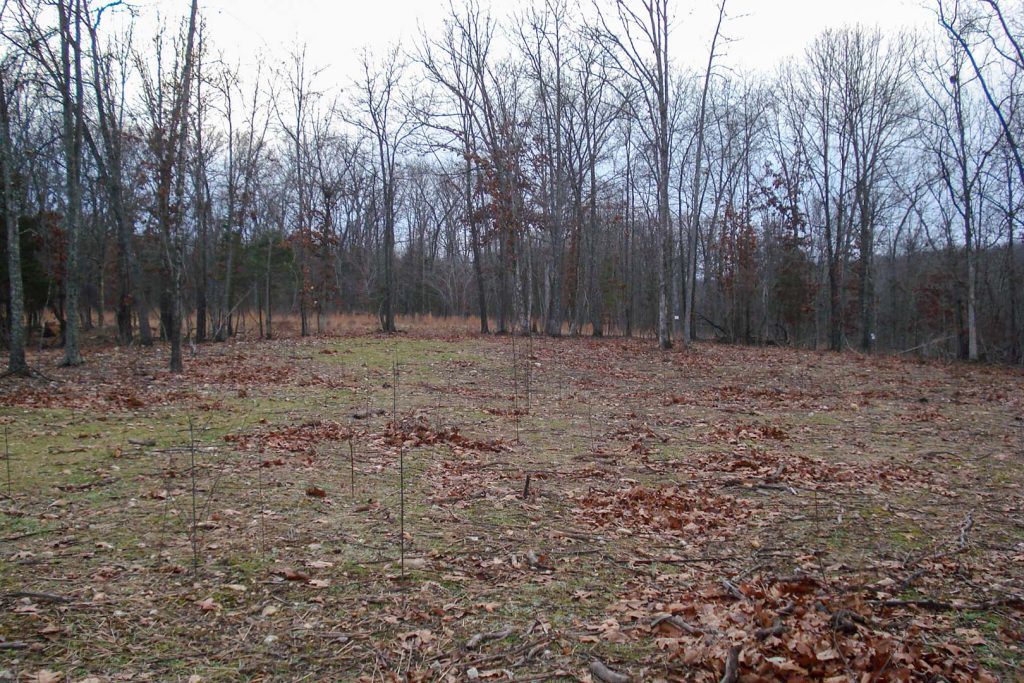

Proper seedbed preparation, where seed gets into contact with the soil, is imperative for planting success. This overview discusses proper seedbeds and methods for achieving one. Any discussion about seedbed preparation is not complete without mention of seeding methods (how the seed will be scattered/distributed across the field). More information can be found in the Seeding Methods Overview or use this tool to select a seeding method.
A seedbed is soil that is prepared and ready for planting seeds. A proper seedbed can be the difference between a successful planting and a failed planting. It can take on many looks, but the guiding principles are that the seedbed should:
To read more about these principles, read the article, Guiding Principles for Seedbeds.
While tillage is an option to prepare a seedbed, it is not necessary. The end goal is simply to get a field that is clean of weeds without excessive amounts of thatch, while at the same time having the soil smooth and firm.
Tillage can be a good option if the field is rough and needs to be smoothed or if you want to avoid using herbicides. However, note that in a field growing perennial plants, tillage alone is not enough.
No-till options (killing the existing plants without plowing or discing the soil) are a great choice when erosion is a concern and when the soils are rocky. No-till also protects soil moisture and soil organic matter.
See the Establishment Timelines for more information on preparing the site, or use the Choose an Establishment Timeline tool.
Yes, seeding method and seedbed preparation go hand in hand. First, understand that there are two general methods for distributing seed across the field: drilling and broadcasting. Drilling seed involves a seed drill that buries seed in rows at a specific depth. Broadcasting seed, on the other hand, is simply scattering the seed on top of the soil. There are many methods of broadcasting seed including mechanical spreaders, hand sowing, and spreading with an aerial drone spreader, but they all have the same general effect of scattering the seed.
The method of seeding can impact the amount and type of seedbed preparation that is needed. Likewise, the condition of the seedbed can impact the method of seeding. However, usually there is a preference for a certain seeding method, and this drives the decisions about seedbed preparation.
Read more about drilling and broadcasting in the Seeding Methods Overview or use our Choose a Seeding Method tool to receive thoughts on good methods for your site.
There are many methods of achieving seed-to-soil contact. To learn the ins and outs of any particular method, click its respective link.
Problems occur when either the seed cannot make good contact with the soil and become embedded in the soil, or when the seedbed is excessively “fluffy” or loose.
If there is a large amount of thatch or dead plant material on top of the soil, seed cannot make good contact with the soil. Thatch is especially a concern when it is horizontally oriented because the thatch holds the seed up off the soil. Thatch that is standing upright (e.g. a bare, naked stalk of last year’s plant) is usually much less of a concern because the seeds can fall down between the upright stems, and the upright stems do not significantly shade the soil. However, in cases where there is a large amount of upright plant material, such as a terminated cover crop, even the vertically oriented dead plant material can be a problem.
Problems with excessive thatch rarely occur in tilled fields unless leaves have blown into the field after the tillage was done. This is a bigger concern in no-till situations.
Solutions vary depending on the amount of thatch. For moderate amounts, options include dragging, a controlled burn, disking, using a drill, and small area techniques such as raking. When the thatch is super-heavy, a controlled burn or disking are likely the best options. For either moderate or heavy thatch, livestock may be used to eat the forage or in some other way help lessen the amount of thatch.


Where the plants have recently been killed, especially grass plants whose roots and leaves seem to keep seeds from making solid contact with the soil, additional seedbed work is needed.
As long as the thatch is not too thick (see excessive thatch above), viable solutions include burning, dragging, disking, drilling, and small area techniques such as raking.
The condition of the layer of soil at the very surface is important to a seed. If the surface soil is more like a hard layer of cement rather than soft soil, it will be more difficult for the seed to become embedded in the soil.
Solutions to overcome dense surface soil include dragging, disking, and drilling. With a very concerted effort, livestock might be used as well.
Loose soil will also cause problems. If your boot heels sink more than a quarter-inch when walking across the field, the soil is too loose. Fluffy seedbeds most often occur following tillage or dozing.
The solution to firm up the seedbed is to wait for it to rain on the soil before planting or roll it before planting.
If tillage has been used to prepare the field, the texture of the soil at the surface is important. If it is in clods and rather rough, action will need to be taken before planting the seed. Tilled soils need to be fine, smooth, and firm. In rough, cloddy fields, there is risk of burying the seed too deep and at the same time poor seed-to-soil contact.
Possible solutions are using a cultipacker or using a drag.
These plants can not only keep the seed from becoming embedded in the soil but will be competition to the native plant seedlings. Take the opportunity to eliminate these plants before planting. It is worth the effort to kill existing plants before planting native seeds as it greatly improves the likelihood of success for the planting. If nothing has been done to date to prepare the site, reference the Establishment Timelines. If the existing plants have been killed and there are now just annual volunteer seedlings or annual cover crop plants, take action because the annual weeds or cover crops develop much more quickly and compete with the native, perennial seedlings.
Solutions to kill green, growing, annual weeds include herbicide and disking. In rare situations where a good amount of thatch could carry a fire, a controlled burn may also eliminate the problem.


To watch a video that shows methods of getting seed-to-soil and examples of good and bad seedbeds, check out Preparing Your Seedbed: Seed-to-Soil Contact. And, once there is a plan in place for seedbed preparation, read more about seeding in the Seeding Methods Overview.


Customer Service: 417-967-2190
Toll-Free: (888) 967-2190
natives@hamiltonnativeoutpost.com
16786 Brown Rd
Elk Creek, MO 65464